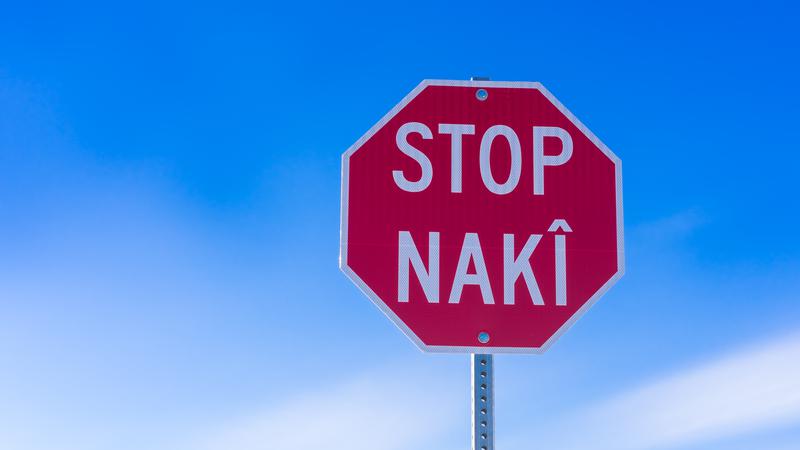
New census data punctuates need to revitalize Indigenous languages
New 2021 Census data, released Wednesday by Statistics Canada, shows a slight decline in the number of people who can speak an Indigenous language.
From 2016 to 2021, the overall number dropped from 251,000 to 243,000.
But StatsCan notes that during COVID-19, it was difficult to fully enumerate all First Nations and Indigenous communities.
The latest figures arrive as the Liberal government continues to say it wants to promote and preserve Indigenous languages.

